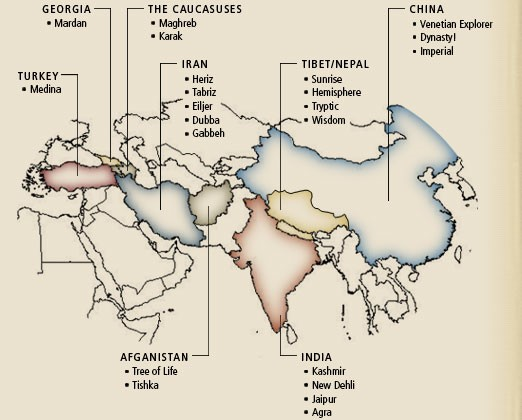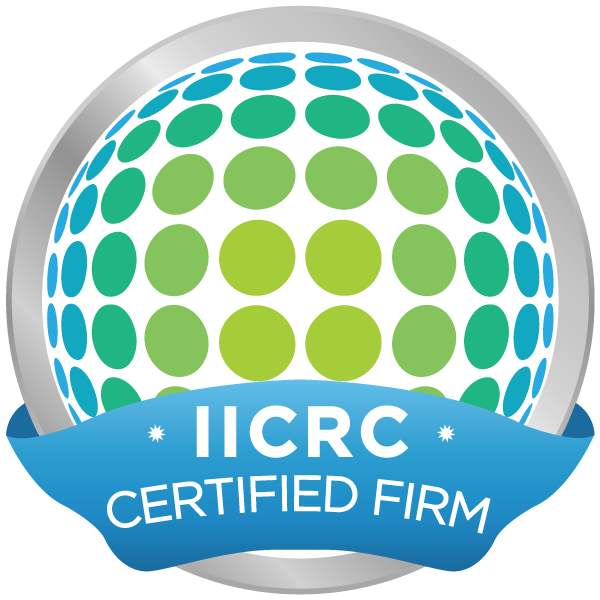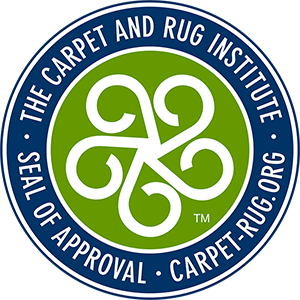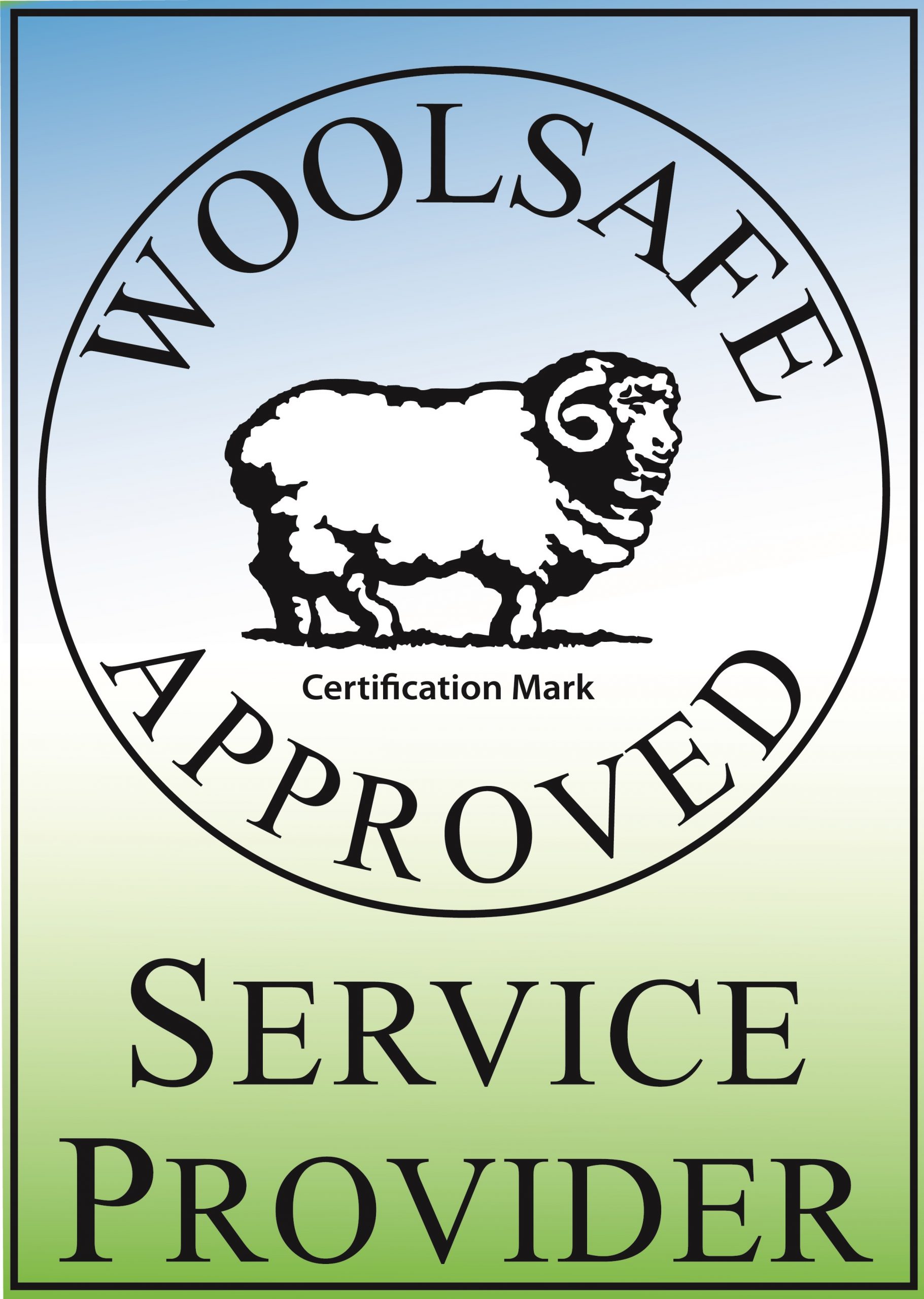
The Difference Between An Oriental and Persian Area Rug
Understanding the Differences Between Oriental and Persian Rugs
Before diving into the specifics, it’s essential to understand the distinction between Oriental and Persian rugs. While both types of rugs originate from the “Rug Belt” region, which spans from Morocco to Central Asia, Persian rugs specifically come from Iran. In contrast, Oriental rugs encompass a broader range of countries, including China, India, and Turkey. While Persian rugs are a subcategory of Oriental rugs, they often feature unique designs and patterns, making them highly sought after.
Oriental and Persian Rug Materials: Natural vs. Synthetic Fibers
One of the most critical factors to consider when shopping for a quality area rug is the material it’s made from. High-quality Oriental and Persian rugs are typically made from natural fibers like wool, silk, or a combination of both. Wool is the most common material used in these rugs, known for its durability, softness, and ability to hold vibrant colors. On the other hand, Silk offers an exquisite sheen and adds a luxurious touch to the rug.
When examining a rug, be cautious of synthetic materials like polypropylene, viscose, or nylon. These materials may be more affordable but lack natural fibers’ durability, quality, feel, and appearance.
Material: A Rug’s Foundation
When it comes to area rugs, the material plays a crucial role in determining the rug’s durability, feel, and value. Traditional Oriental and Persian rugs are usually made from natural fibers such as wool, silk, or a combination of the two.
Wool: The most commonly used material for these rugs, wool provides a soft and warm texture while being resilient and easy to maintain. Look for rugs made from high-quality wool, such as New Zealand or Tibetan wool, which are known for their fine, strong fibers.
Silk: Silk rugs are known for their luxurious feel and intricate details. While they are more delicate and require careful maintenance, their beauty and craftsmanship make them a prized possession.
Knot Count: A Measure of Craftsmanship
One of the main indicators of a rug’s quality is its knot count, which refers to the number of knots per square inch (KPSI). Higher knot counts typically result in more intricate designs and greater durability. For a quality Oriental or Persian rug, aim for a knot count of at least 150 KPSI, with the understanding that the most intricate and valuable rugs can have knot counts of over 600 KPSI. When shopping for an investment quality area rug, generally, the more knots per square inch, the better. Rugs with a KPSI above 600 are considered high quality and often fetch a higher price.
Design and Color: The Essence of the Rug
When selecting an area rug, its design and color palette should complement your existing décor and personal style. Oriental and Persian rugs come in a wide variety of patterns, ranging from geometric to floral, and color combinations.
Design: Consider the level of intricacy and the overall theme of the rug. Some rugs feature large, bold patterns, while others have more delicate, intricate designs. Choose a rug that speaks to your personal taste and enhances the room’s aesthetic.
Color: Pay attention to the rug’s color combinations and how they work with your existing décor. Traditional rugs often feature deep reds, blues, and golds, while more contemporary rugs may include softer shades or more muted tones.
Handmade vs. Machine-made: The Authenticity Factor In Oriental and Persian Area Rugs
A genuine Oriental or Persian rug is handmade by skilled artisans who can spend months or even years on a single piece. While machine-made rugs can imitate traditional designs, they lack their handmade counterparts’ quality, durability, and unique characteristics. To ensure you’re purchasing an authentic handmade rug, look for signs such as:
Irregularities: Handmade rugs often have slight imperfections and variations in the weave, which add to their charm and authenticity.
Hand-knotting: Examine the back of the rug to see if the knots are hand-tied. If they appear uniform and too perfect, the rug is likely, not handmade.
Purchasing a quality Oriental or Persian area rug can be a significant investment, but with the right guidance and attention to detail, you can find the perfect piece for your home. By considering factors such as material, knot count, design, color, and authenticity, you can ensure you’re bringing home a rug that will not only enhance your living space but also stand the test of time.
Oriental Rug Salon – SW Florida’s Trusted Source For Oriental and Persian Rug Cleaning
This blog post is brought to you by Oriental Rug Salon, SW Florida’s most referred Oriental and Persian rug cleaning, restoration, repair, and appraisal company.
Oriental Rug Salon is a Certified Partner with the prestigious Institute of Inspection, Cleaning and Restoration Certification (IICRC), a member of the International Carpet & Rug Institute (CRI), and a WoolSafe Approved Service Provider. Our cleaning services are performed by hand, and our cleaning solutions are allergen-free and safe for pets and infants. We offer FREE pick-up and delivery for most area rugs throughout Lee, Collier, and Charlotte, County, Florida.
For more information about Oriental Rug Salon, please visit us online at https://orientalrugsalon.com or call us any time at 239-424-8171. You can also visit us on our Facebook Page at https://www.facebook.com/TruCleanSurfaceCareFL/



